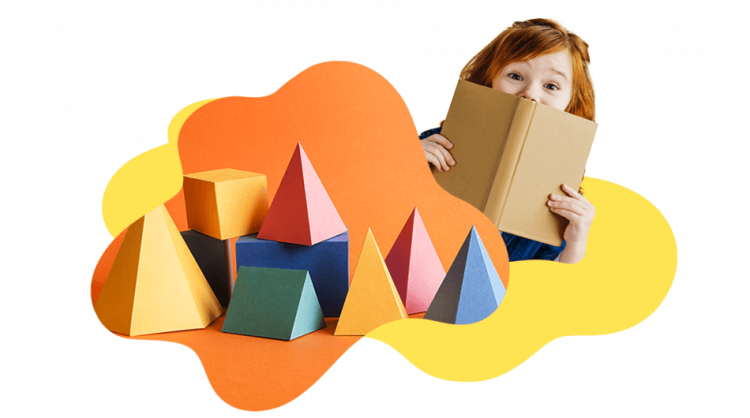Human memory, as complicated as it is, can be stimulated in more than one way by teachers. Learn more about the different memory types in the virtual classroom and how to teach to them.
Types of Memory
All human beings use more than one sense during the process of learning new information.
The most intense learning period in our lives is when we are infants. This is a time when we are unable to read or even understand the importance or the need of remembering certain facts. We are unable to grasp most of what is said to us, let alone piece it together in a way that is easier for us to remember, as we do when we are older and memorization becomes a conscious choice. This simple fact shows us that remembering and learning entail much more than simply reading or writing a piece of information countless times.
Human memory is stimulated in more than one way and a teacher should consider this when working on their presentations. Some of the common memory types identified in teaching practices are:
- Visual memory
- Associative memory
- Auditory memory
Memory Types in the Virtual Classroom

A person does not memorize in only one way, of course. We are complicated beings and so is the process of learning. All of the memory types are combined in each student, but certain ones are expressed more than others in a different, personal combination.
1.Visual Memory
Learners with a vividly expressed visual memory are often encountered by teachers. This memory type suggests the need to see in order to understand. Students of this type enjoy colors, charts, drafts, and all types of visual stimulation.
How to boost visual memory in the virtual classroom
The virtual classroom is the perfect choice for students with a strongly expressed visual memory. The tools provided by the virtual environment are, by definition, visually stimulating. Information delivered through the virtual classroom should be, by default, easy to memorize by visual memory type learners.
- Use colors. The virtual classroom’s software gives you the ability to write in a wide range of colors. This simple approach is very stimulating for the brain because it sends a message saying that this colorful information is important.
- Use shapes. Shapes from the built in library are perfect for visualization and, therefore, are an ideal match for this type of student. Shapes can be part of a game or a design, or can be used to code additional information.
- Use images. Mix and match images and text in activities for identification and demonstration. This can stimulate the visual type learners’ brains and add yet another helpful layer of memories.
2. Associative Memory
Associative memory, like visual memory, is one of the most common dominant memory types. Learners with better expressed associative mechanisms of remembering can more easily grasp pieces of information by creating connections with already known details. The connection between the two may not always be obvious to everyone. These students are stimulated by rhymes, etymological connections, songs, parallels with other fields of knowledge, etc.
How to boost associative memory in the virtual classroom

In the virtual classroom relationships between different bits of information are not too difficult to create. A good way to do so is to follow the same pattern of associating throughout the entire course.
- Easily connected. Use the internet as a source of associations. All possible connections are at your disposal while teaching in the virtual classroom.
- Draw boldly. Try visualizing the connections you want to highlight by actually drawing them using the virtual classroom’s tools.
- Get involved. Take part in your students’ associations by delivering images that represent the connections made by them. This will encourage them to follow their natural instincts on how to memorize, and it is both practical and accessible in the virtual environment.
Auditory Memory
Students that are good at listening activities probably remember best by using their auditory memory. This memory type empowers us to grasp information by hearing it – basically this is the connection between one of our most important senses and the brain. Learners with a well-adjusted auditory memory most commonly acquire pieces of knowledge by listening to them on a loop or even as just background noise while doing another activity; it is also helpful for them to listen to their own voice by reading out loud or by recording themselves.
How to boost auditory memory in the virtual classroom

Hearing is a powerful tool that can be used in the virtual classroom. Since it is a key element of learning, VEDAMO is well adapted to address it.
- Keep records. Encourage your auditory memory students to watch and mostly listen to their recorded learning sessions.
- Go global. Send your students podcasts and channels that are related to the topic. In the virtual classroom this can happen immediately with just a copied link.
- Reuse resources. If available, give your students access to all of the audio files used during the lesson from the virtual classroom’s file library.
- Add a layer. Achieve an additional boost by playing music or videos during the lesson in the background by using the virtual classroom’s media player. This way you can create one more association to the lesson and the material being taught.
